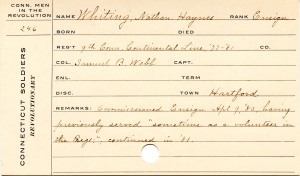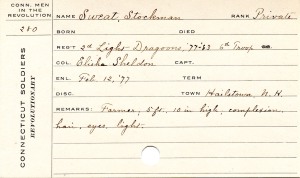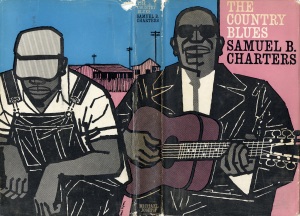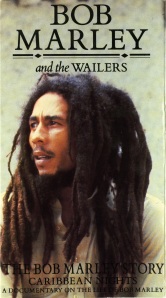The West African country of Ivory Coast is the world’s largest producer of cocoa, with over 40% of the world’s production. Despite the signing of the Cocoa Protocol in 2001, child labor is still rampant in the cocoa industry, often involving the illegal trafficking of children from Mali and Niger to work in the cocoa fields of Ivory Coast. Children as young as seven work in the fields, facing dangerous tasks of cutting down cocoa pods with machetes and carrying heavy loads. Most children are never paid for their work.
American photographer and documentary filmmaker U. Roberto (Robin) Romano has documented human rights issues for advocacy organizations around the world including GoodWeave, Amnesty International, Human Rights Watch, The International Labor Organization, Stop The Traffik, The Hunger Project, The Farm Labor Organizing Committee, Council on Foreign Relations and Antislavery International.
Romano’s most recent film, The Dark Side of Chocolate (2010), co-directed with Danish journalist Miki Mistrati, documents the continued allegations of trafficking of children and child labor in the international chocolate industry, despite a voluntary protocol to end abusive and forced child labor on cocoa farms by 2005.
However, in 2005, the cocoa industry failed to comply with the protocol’s terms, and a new deadline for 2008 was established. In 2008 the terms of the protocol were still not met, and yet another deadline for 2010 was set. Meanwhile, child labor in the cocoa industry continues.
For more information, see the International Labor Rights Forum’s information on child labor in the cocoa industry.
Human rights documentation is a focus of the Archives & Special Collections at the Thomas J. Dodd Research Center. More information about the Romano Papers and other human rights collections can be found on the Dodd Center’s website.
Romano’s film, The Dark Side of Chocolate, will soon be available at the University of Connecticut Libraries as part of the Human Rights Film Collection, which contains approximately 500 films on an array of human rights themes. An annotated listing of films is available on the UConn Libraries’ website.
–Valerie Love, Curator for Human Rights and Alternative Press Collections














